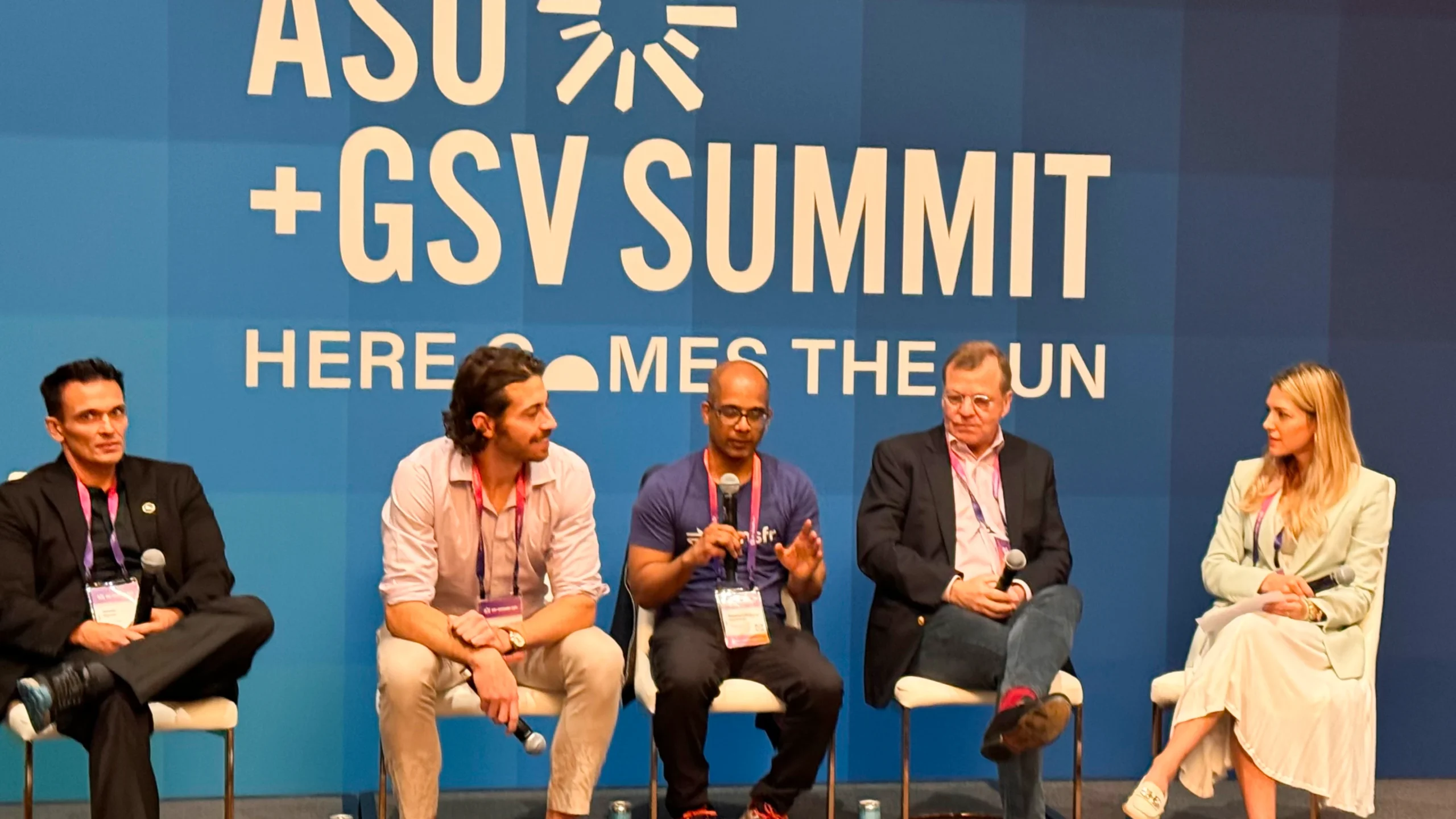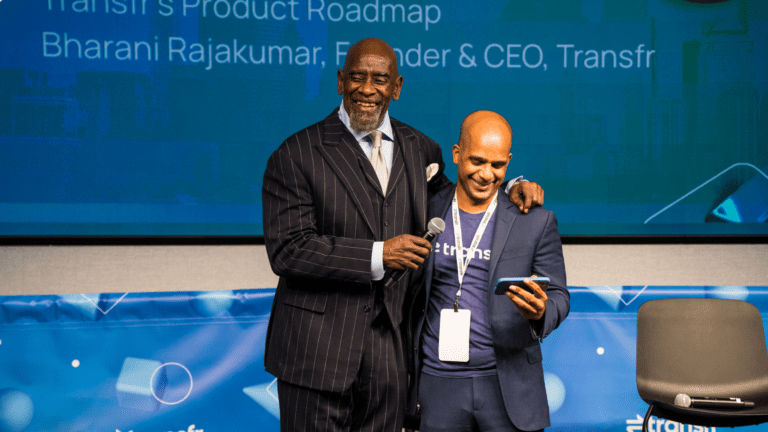The modern job market is evolving at a speed that’s impossible for many schools and businesses to keep up with. One of the biggest challenges: Equipping the next generation of workers with the skills they’ll need to keep vital industries (construction, manufacturing, healthcare, etc.) up and running. Traditional learning methods will always have a place in the educational system, but these programs often struggle to keep pace with the changing demands of various industries. This is where Extended Reality (XR) and Virtual Reality (VR) technologies show great potential to enhance skill development and help deliver better learning gains for trainees.
“At Transfr, we’re passionate about harnessing the transformative power of XR/VR to revolutionize how people learn and gain practical skills,” says Transfr CEO Bharani Rajakumar. “Through our immersive simulations, we’ve witnessed firsthand the significant impact XR/VR can have across various learning outcomes and in a variety of settings.”
Bharani took the stage at the ASU+GSV Summit to talk about how XR and VR can revolutionize training and help build the future of countless industries. Read on to hear more from Bharani on how VR can augment programs of all kinds — as well as some details from the groundbreaking research being performed by Transfr’s in-house Learning Intelligence Team which demonstrates the unique value that VR learning offers.
Broadening access to diverse programming with VR
One of the biggest benefits that XR/VR delivers is removing geographical limitations. VR simulations feature realistic, interactive environments that replicate real-world scenarios — and can be used anywhere. Schools and other organizations no longer need to outfit an entire learning environment (mechanic shop, construction lab, etc.) to immerse students in authentic learning experiences that help them develop core skills for these high-demand, well-paying fields.
“Imagine learning the intricacies of a complex machine or practicing a critical medical procedure, from any location — even the comfort of your home,” says Bharan. “This type of learning opens doors for broader participation in skill development programs of all kinds.”
How VR can increase learner engagement and knowledge gain
Learners find VR highly engaging — and it’s also highly effective at delivering knowledge in a way that sticks. In VR, learners of all kinds can practice tasks, troubleshoot problems, and gain relevant workplace experience in a safe and controlled setting.
“The interactive nature and immersive experience keep learners actively involved in the learning process,” Bharani says. “Boosting motivation and fostering a positive learning environment. Our customer testimonials highlight this — learners report VR training to be ‘fun’ and ‘a cool way of learning.’”
In addition to gathering lots of user feedback, Transfr has also assembled an industry-leading Learning Intelligence Team to bring a high degree of academic rigor to the way we understand the impacts that our technology is driving.
An experiential learning approach has been shown in VR efficacy studies conducted by the Learning Intelligence Team, to deliver deep understanding and knowledge retention compared to traditional methods. In one study, participants who learned engine analysis through Transfr simulations performed 65% better than those who studied text and video resources.
Some other key findings that illustrate the effectiveness of VR training include: Knowledge retention — learners who played Transfr simulations retained information significantly better (1.5x) than those who learned from traditional methods like video lectures or text-based content. Knowledge transfer — learners successfully performed up to 75% of the steps required in a task even after a delay of 4 hours. Engagement and satisfaction — learners report feeling more engaged (93%) and report learning more (67%) with VR training compared to traditional methods.
Another noteworthy aspect of VR training is its ability to warp learners’ perception of time: In laboratory studies learners frequently underestimate the amount of time they’ve spent in simulations, suggesting that the engaging nature of VR makes the learning process feel shorter and more enjoyable.
VR can also help boost employability and job retention
Equipping individuals with the practical skills employers seek makes them more competitive in the job market. VR training allows learners to demonstrate their proficiency in a simulated environment, giving them a valuable edge during the job recruitment process.
“By fostering deeper understanding and practical skills, VR training can contribute to better job performance,” Bharani explains. “Hopefully, this can ultimately lead to increased employee confidence, improved safety records, higher job retention rates for organizations.
The bottom line: VR delivers results
The evidence compiled by the Learning Intelligence Team strongly points to the many benefits that XR/VR offers to K-12 schools, workforce development boards, and organizations of all kinds. To hear more from Transfr’s VP of Learning Intelligence, Yun Jin Rho, PhD, and Director of Learning Sciences, Keith Lyle, PhD, check out this compelling interview with them on Upward, the Transfr Podcast.
“Transfr’s research and customer experiences consistently demonstrate significant improvements in knowledge retention, engagement, and overall learning outcomes compared to traditional methods,” Bharani explains. “As the technology continues to advance, we can expect even more transformative applications of VR in the future of education and workforce training.”
About Bharani
Bharani Rajakumar, Transfr founder and CEO, was also the co-founder of math tutoring software vendor LearnBop. In 2016, Bharani received the “Outstanding Leader of the Year” award from the US Distance Learning Association. He founded Transfr in 2017 using his understanding of how people learn, what gets them excited, and what skills they need to master in order to create their own pathways to career success.





